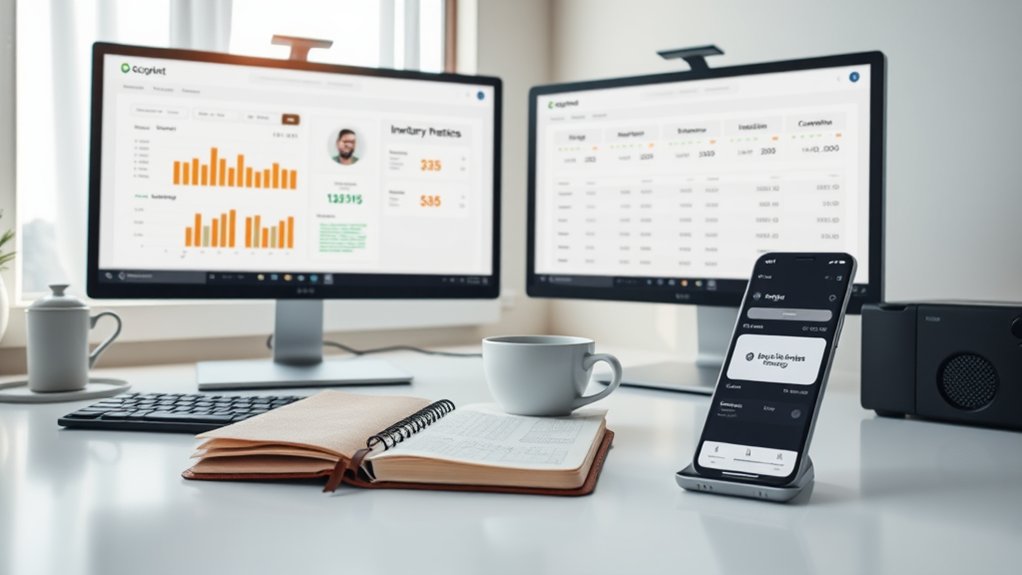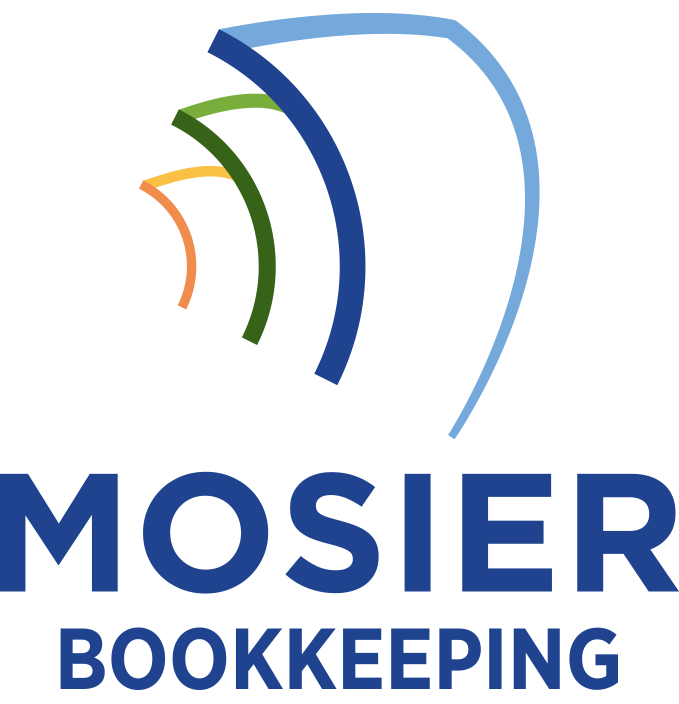Drop shipping bookkeeping requires careful tracking of three key transaction points: customer payments, supplier disbursements, and profit margins. I recommend setting up dedicated accounts for revenue recognition, shipping costs, and supplier payments while implementing cloud-based accounting software that integrates with your e-commerce platform. You’ll need to maintain separate ledgers for each supplier and establish clear systems for monitoring payment terms and due dates. Let me show you how to structure these essential components for maximum efficiency.
Understanding Drop Shipping Financial Transactions and Revenue Recognition

While drop shipping appears simple on the surface, the financial transactions involved require careful accounting consideration. I recommend recognizing revenue when you transfer control of goods to your customer, not when you receive payment or when your supplier ships the product.
In my experience, you’ll need to track three key transaction points: customer payment collection, supplier payment disbursement, and your profit margin. I structure these entries using accounts receivable, accounts payable, and revenue accounts. I insist on maintaining separate ledgers for each supplier to monitor performance and profitability effectively. This enables precise financial control and strategic decision-making power.
Setting Up Your Chart of Accounts for Drop Shipping Operations
I’ll help you establish a robust chart of accounts that properly tracks your drop shipping operations, starting with a dedicated inventory control account to monitor product flow without physical possession. Your chart needs specific accounts to capture shipping costs separately from product costs, ensuring accurate profit margins and preventing commingled expenses. Setting up supplier payment terms in your accounting system requires carefully structured accounts payable categories that reflect various payment windows and potential volume discounts while maintaining clear transaction trails.
Inventory Control Account Setup
Setting up proper inventory control accounts marks a critical first step for drop shipping businesses, even though they don’t physically handle inventory. I recommend creating two essential accounts: a Purchase Account to track goods bought from suppliers and a Cost of Goods Sold (COGS) Account to monitor your product costs.
While you won’t store physical inventory, you’ll need to track items in transit between your supplier and customers. I’ve found that maintaining a virtual inventory account helps reconcile orders and ascertains accurate profit calculations. You’ll want to integrate these accounts with your e-commerce platform to automate transaction recording and minimize errors.
Recording Shipping Costs Properly
How you record shipping costs can make or break your drop shipping operation’s financial accuracy. I’ll show you how to properly categorize these expenses in your books.
Create two distinct shipping cost accounts: “Shipping Costs – Customer Paid” for revenue from shipping charges you bill to customers, and “Shipping Costs – Supplier Charged” for fees your suppliers charge you. This separation lets you track shipping profit margins precisely.
When recording transactions, debit “Shipping Costs – Supplier Charged” when paying vendors, and credit “Shipping Costs – Customer Paid” when receiving customer payments. I recommend reconciling these accounts weekly to maintain tight control over your shipping economics.
Tracking Supplier Payment Terms
Beyond shipping costs, your chart of accounts must effectively track supplier payment terms to maintain healthy cash flow. I’ve found that organizing payment schedules with multiple suppliers requires meticulous attention to accounts payable aging and available payment options.
To master supplier payment tracking, implement these critical components:
- Create separate ledger accounts for each payment term category (Net 30, Net 60, COD)
- Set up automated alerts for payment due dates to maximize early payment discounts
- Maintain detailed records of supplier credit limits and payment history
This structure enables you to leverage favorable terms while avoiding late fees and preserving supplier relationships.
Managing Supplier Payments and Cost of Goods Sold

When managing supplier payments in your drop shipping business, I recommend establishing clear tracking systems for payment terms and due dates across multiple vendors to maintain positive supplier relationships. For accurate cost of goods sold calculations, you’ll need to account for currency exchange rates, international transaction fees, and fluctuating supplier prices in your bookkeeping system. I’ll show you how to determine your true product costs by factoring in all associated expenses, including supplier charges, payment processing fees, and any currency conversion costs.
Tracking Supplier Payment Terms
Successfully managing supplier payment terms forms the backbone of a profitable drop shipping operation. I recommend tracking every payment detail meticulously, as your cash flow depends on maintaining strong supplier relationships and maximizing available credit terms.
- Set up a dedicated supplier payment tracking system that monitors due dates, available credit limits, and early payment discounts
- Document each supplier’s specific terms, including net payment periods, credit limits, and any penalties for late payments
- Reconcile supplier statements weekly to catch discrepancies early and maintain accurate payables records
I’ve found that mastering these payment tracking fundamentals gives you leverage to negotiate better terms and secure preferential supplier status.
Recording Multi-Currency Transactions
Dealing with multiple currencies requires robust accounting procedures to accurately record supplier payments and cost of goods sold (COGS) in your drop shipping business. I recommend using a dedicated forex account to track exchange rate fluctuations and maintain separate ledgers for each currency.
When I process transactions, I record the payment in both the original currency and its USD equivalent at the time of transaction. I use real-time exchange rates and document any gains or losses from currency fluctuations in a separate account. This guarantees my financial statements reflect true costs and maintains compliance with international accounting standards.
Calculating True Product Costs
Beyond currency considerations, accurate product cost calculations form the backbone of profitable drop shipping operations. I’ve found that tracking true product costs requires a systematic approach to capture all expenses beyond the base supplier price.
- I calculate my total landed cost by combining supplier price, shipping fees, payment processing charges, and marketplace commissions
- I track my supplier payment terms and early payment discounts to optimize cash flow and reduce costs
- I maintain separate ledger accounts for each cost component to analyze profitability at the SKU level
This granular tracking empowers me to make data-driven pricing decisions and maximize margins.
Tracking Platform Fees, Shipping Costs, and Operating Expenses
While running a drop shipping business involves managing product costs and revenue, tracking your platform fees, shipping expenses, and operational costs is equally essential for accurate profitability analysis. I recommend creating separate ledger accounts for each platform fee type, including marketplace commissions, subscription costs, and payment processing fees.
For shipping costs, I track both standard and expedited rates separately, along with any handling fees charged by suppliers. I also maintain detailed records of operating expenses like marketing costs, virtual assistant wages, software subscriptions, and customer service tools. This granular tracking enables me to identify cost-saving opportunities and optimize my profit margins.
Implementing Effective Accounting Software and Integration Tools

To streamline your drop shipping bookkeeping operations, selecting the right accounting software and integration tools is crucial. I recommend focusing on systems that offer seamless integration with your e-commerce platforms and drop shipping suppliers.
- Implement cloud-based accounting software like QuickBooks Online or Xero, which provide real-time financial data and automated transaction syncing
- Connect your chosen software with inventory management tools that track COGS and automate supplier payments
- Utilize API integrations between your accounting platform and sales channels to guarantee accurate revenue recognition and eliminate manual data entry
Choose solutions that scale with your business growth and provide thorough reporting capabilities.
Tax Considerations and Compliance for Drop Shipping Businesses
Managing tax obligations presents unique challenges for drop shipping businesses that extend far beyond standard accounting practices. I’ll explain the critical tax considerations you must address to guarantee compliance and optimize your operations.
| Tax Consideration | Required Action |
|---|---|
| Sales Tax Nexus | Determine state-by-state obligations |
| VAT Requirements | Register in applicable jurisdictions |
| Income Tax | Track international revenue sources |
| Customs Duties | Document import/export transactions |
You’ll need to monitor your tax nexus in multiple jurisdictions, as each state has different thresholds for economic presence. I recommend implementing automated tax calculation tools and maintaining detailed documentation of all cross-border transactions to guarantee compliance with international tax laws.









